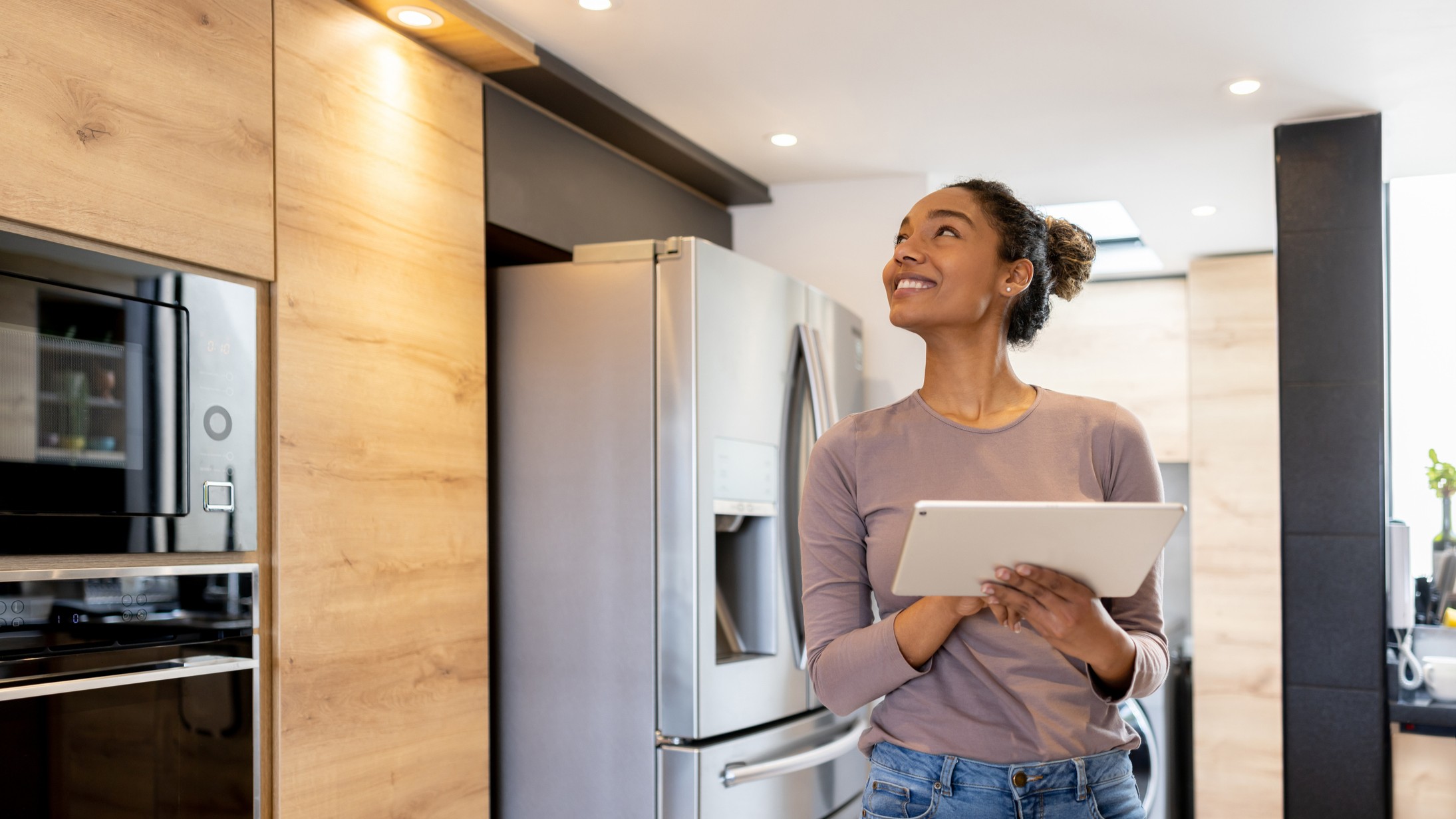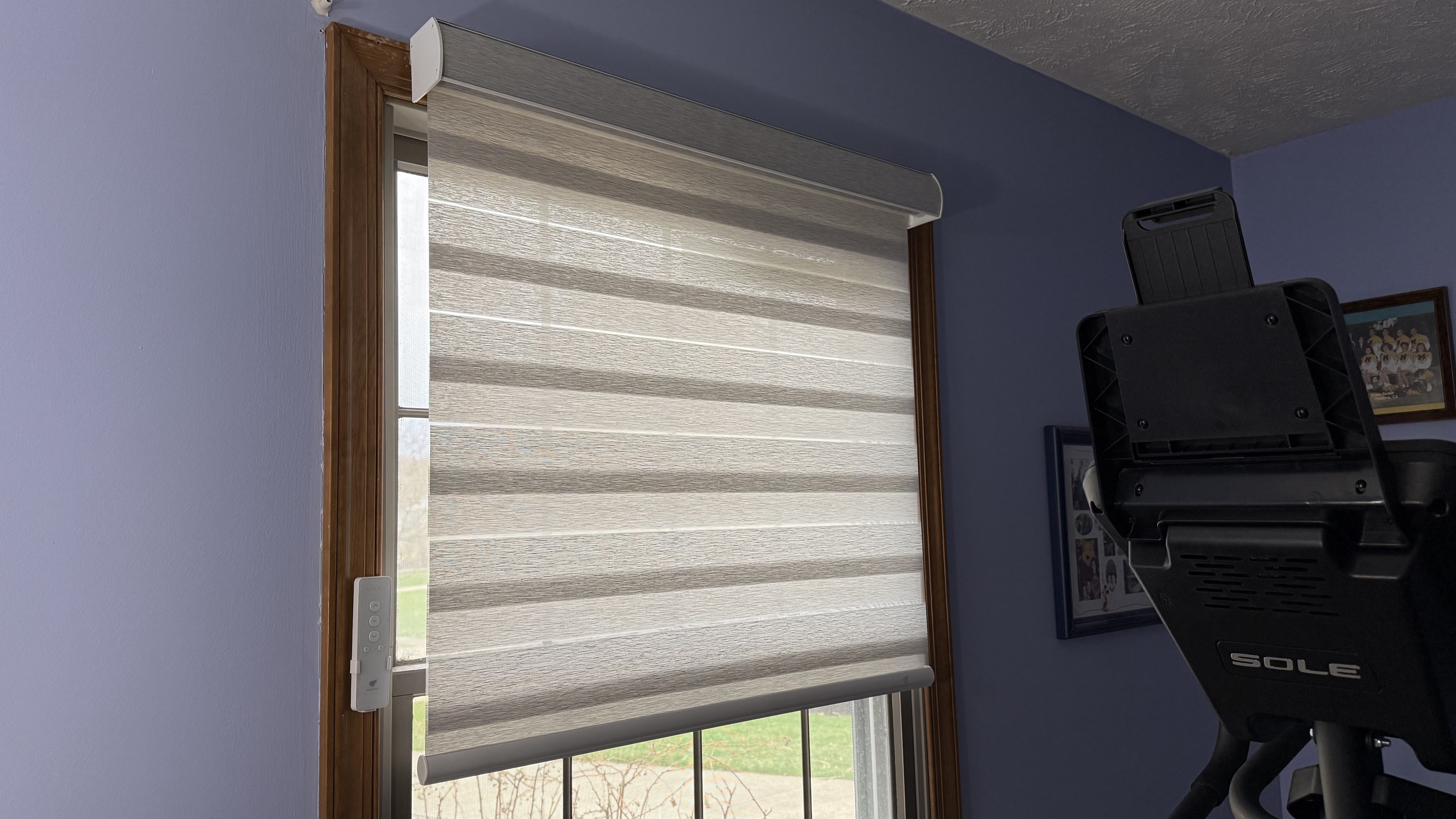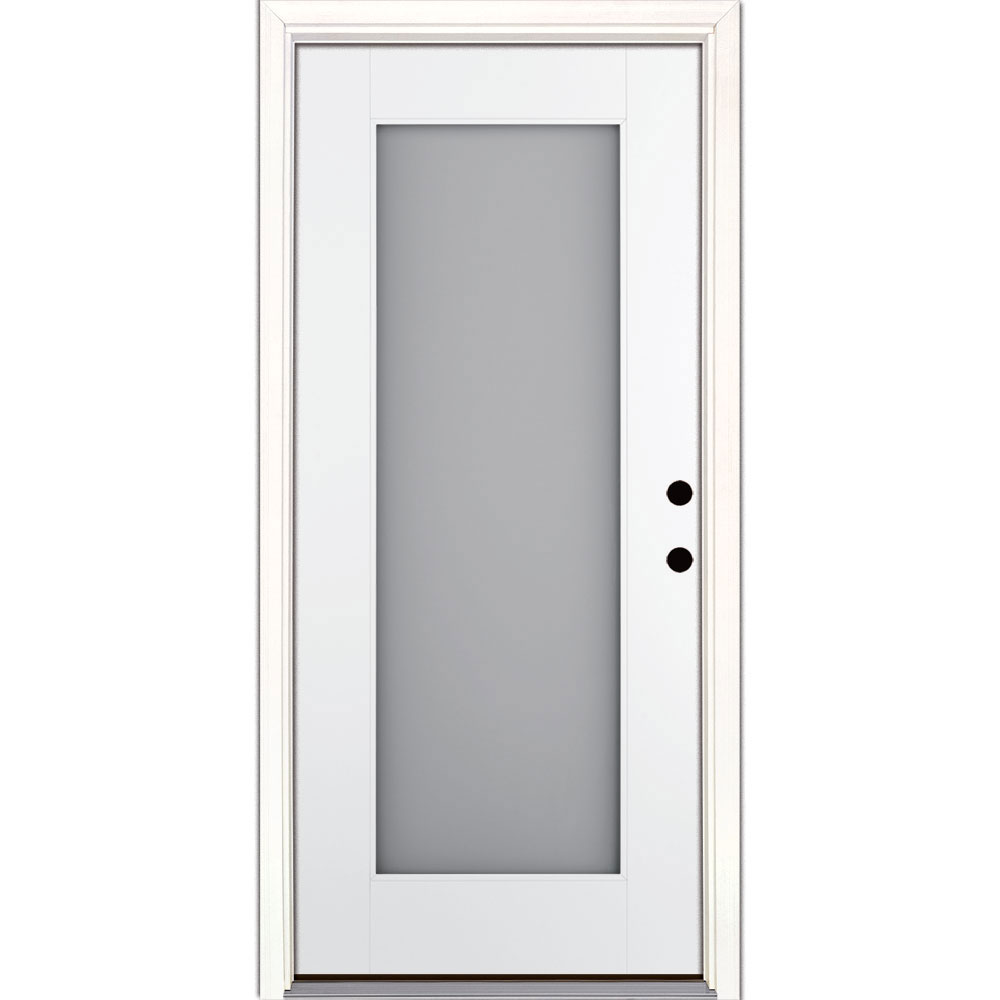5 super-techie automations to make your smart home even smarter
Link devices to take your smart home to the next level

If you’re already building a smart home and want to step your automation up a gear, then we can help These five automations go beyond simply having Alexa turn the lights on, and instead bring real benefits to your home.
We’re talking about quality-of-life improvements that help you stay on top of the laundry, keep your home at a comfortable temperature on a hot day, irrigate the garden with a little help from the weather forecast, and much more.
Naturally, these super-techie automations require a bit more setup – and more hardware – than simpler smart home routines. But they still combine off-the-shelf devices such as smart lights and doorbells with some of the more advanced smart home software platforms, like IFTTT (If This, Then That) and Home Assistant.
1. Close the blinds when it gets too hot

There are lots of ways to do this, so whether you prefer to use Home Assistant, SmartThings, Apple’s HomeKit or another platform entirely is up to you.
You can also choose between various triggers to get things working, be it a lux sensor that measures brightness, a thermometer or simply the local weather forecast. Or, you can combine these by creating a system that follows rules, such as to only close the blinds if the forecast is warm and sunny and the indoor temperature exceeds a certain value.
A wide range of motorized blinds (or devices that move your existing blinds or curtains) are available, including options from Ikea, SwitchBot, Zemismart and SmartWings.

You may not think your front door needs an upgrade, but when you experience the privacy offered by this door's smart glass, you might just change your mind. The smart glass can instantly change from opaque to clear with the push of a button or from within the Hubspace app. Let the world in on your terms with this smart door.
2. Flash a light when the washing machine has finished
This one requires a bit of joined-up thinking, but it’s a great example of how a dumb, unconnected appliance like a washing machine can be made smarter.
Sign up for breaking news, reviews, opinion, top tech deals, and more.
The key to making this work is a smart plug that has energy monitoring, like those from TP-Link’s Tapo and Kasa brands. These are handy for seeing how much energy an appliance is using, and therefore how much it costs to run. But when paired with the smartness of a platform like Home Assistant, they take on an entirely new role.
In this example, Home Assistant can be configured to know when the washing machine is switched on, then interact with a smart light (a Philips Hue bulb in your home office, for example) and make it turn on, flash, or change color when the smart plug detects sustained but very low energy consumption. In other words, when the washing cycle has finished and the machine is only drawing enough power to stay switched on. See our guide to the best smart plugs for our recommendations.
For bonus smart home points, try incorporating a contact sensor, like those fitted to doors and windows as part of a home security system. With that fitted to the door of the washing machine, Home Assistant can be configured to change the machine’s state to empty when the door is opened and closed after a period of sustained, low-energy consumption.
3. Water the garden when rain isn't forecast

Smart home automation can easily be extended into the garden, too. For this automation you’ll have a system where your garden is watered on your preferred schedule – but, crucially, the system will know not to water if there’s rain in the forecast.
There are a few different ways to make this work, but we’re going with the Eve Aqua, which attaches to your outside faucet and controls water flow via a smartphone app. You can do this manually, or ask a voice assistant like Siri to turn the water on and off, or create a schedule based on your irrigation needs.
Best of all, since the Aqua works with Apple’s Shortcuts app, you can create an automation that overrides the schedule based on local weather. Eve calls this the Check Watering shortcut, and it can be configured to check the chance of rain in your chosen location, via the Weather app on your iPhone. If the shortcut is run before noon, it’ll check the chance of rain for the rest of the day and, if rain is due, suspend watering until it checks again the following day.
It’s then just a case of attaching the Eve Aqua to either a garden hose, a lawn sprinkler, or a more advanced irrigation system spread throughout your garden.
You can also fit a splitter to your faucet, which essentially creates two outlets: one that remains open for the Eve Aqua to control, and another for other water use, such as washing your car. For more advanced projects, the Aqua also works with the Home Assistant automation platform.
4. Flash a light when your doorbell rings

Here’s another automation that can be set up with lots of different products and platforms. Perhaps the most common approach is to have a Ring Video Doorbell interact with a Philips Hue light, via IFTTT.
You can then decide which Hue light blinks when a visitor rings the bell – handy if you’re working with headphones on, your phone is out of sight (or set to 'do not disturb'), or you struggle to hear the chime. This works best when connected to a ceiling light, or to a lamp that’s well within sight.
Other approaches to this automation include Alexa and HomeKit, or the Home Assistant platform, which works with a wide range of doorbells and lighting systems. If you don’t have any smart lighting, use a smart plug connected to a regular lamp instead.
5. Turn off appliances when no one is home
Lastly, here’s a smart home automation to help lower your energy consumption and give you some peace of mind every time you go outside.
With a set of smart plugs and an automation platform like Home Assistant, SmartThings or Alexa’s Routines function, it’s easy to have certain plugs switch off when no one is home.
These could be connected to your television, a heater, hair straighteners, the iron, or anything else that either consumes energy while in standby mode, or that could pose a fire risk if left on by mistake.
Automations like this use the location of your smartphone to function, and can be controlled by the positioning of more than one device – so the plugs will only be turned off when the phones of you and your partner both leave the geofenced location of your home.
You might also like

Alistair Charlton is based in London and has worked as a freelance technology and automotive journalist for over a decade. A lifelong tech enthusiast, Alistair has written extensively about dash cams and robotic vacuum cleaners for TechRadar, among other products. As well as TechRadar, he also writes for Wired, T3, Forbes, The Independent, Digital Camera World and Grand Designs Magazine, among others.
You must confirm your public display name before commenting
Please logout and then login again, you will then be prompted to enter your display name.